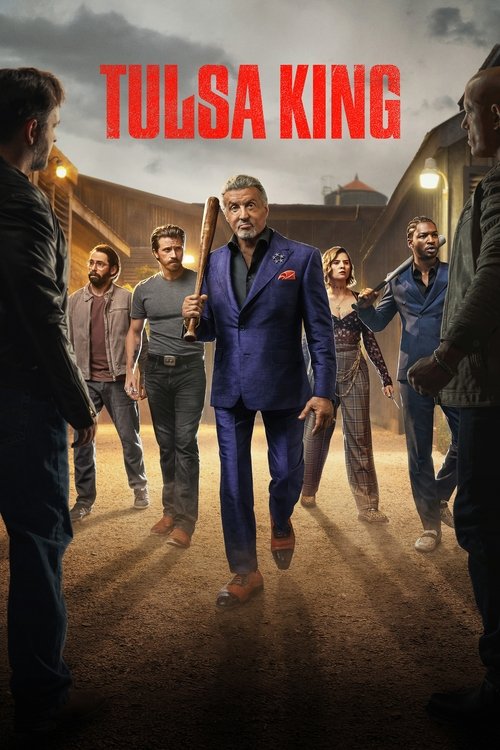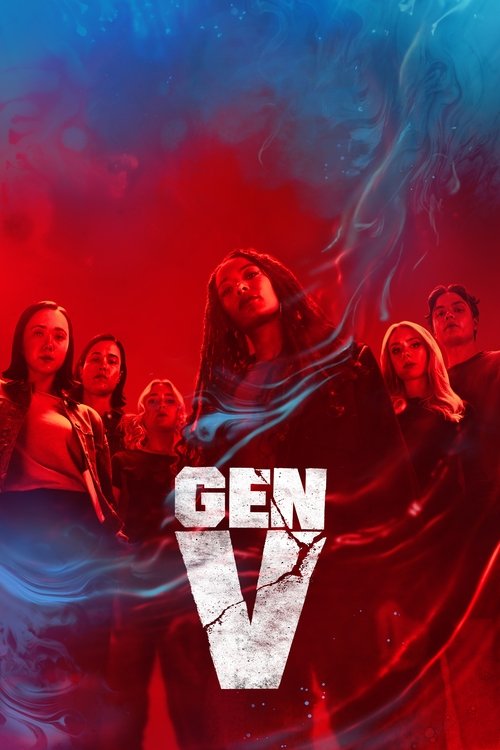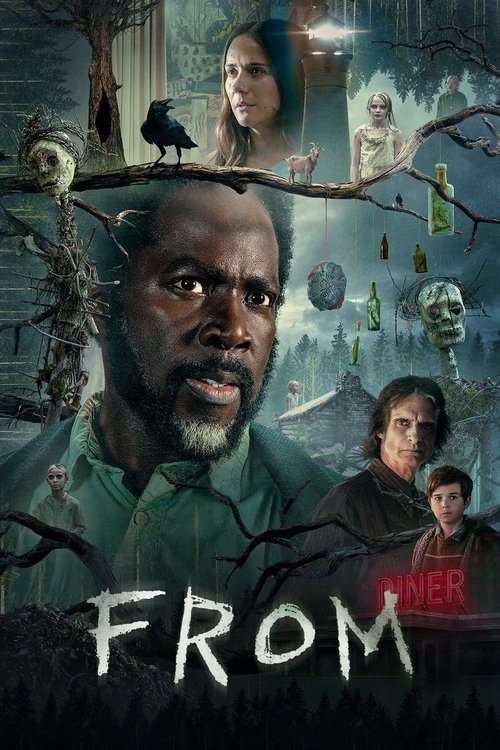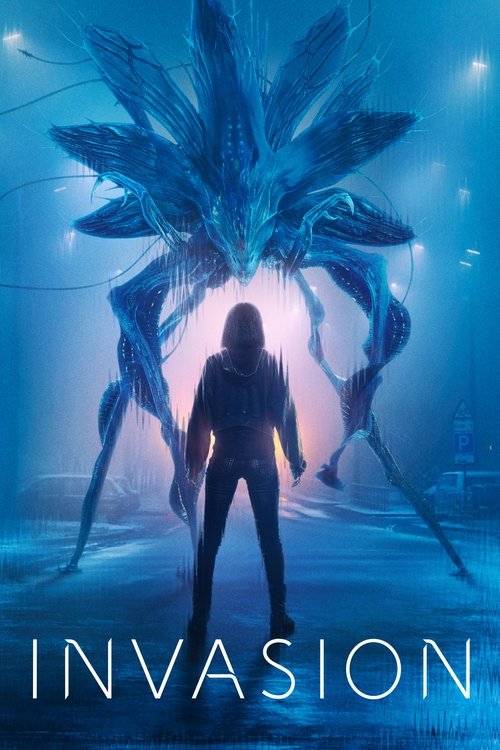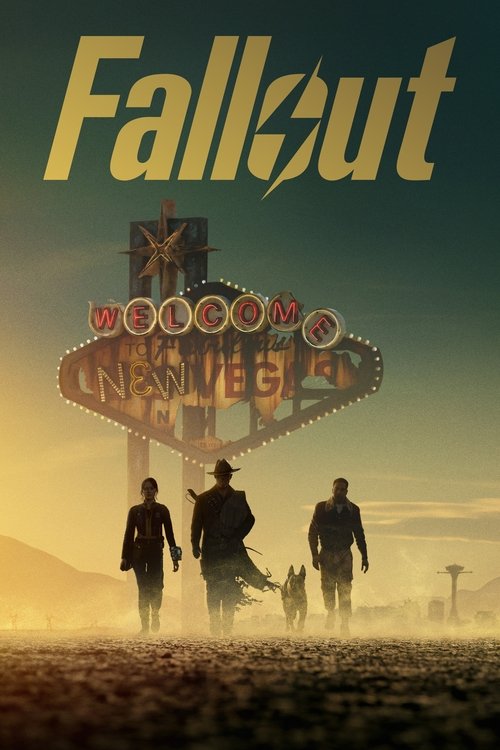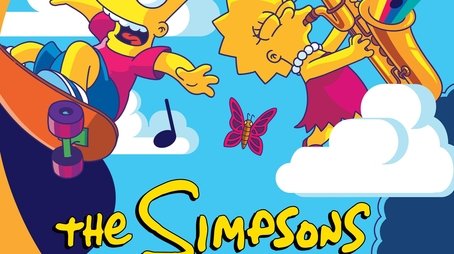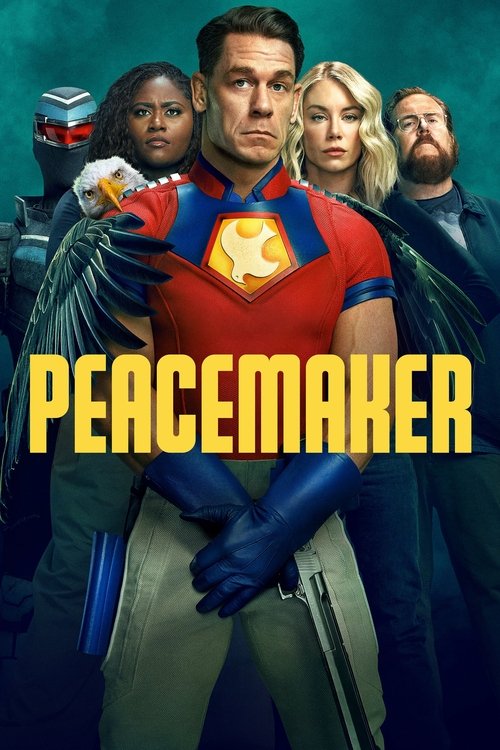
Ask Your Own Question
What is the plot?
The episode opens with the USS Enterprise arriving at Lutani VII, a planet devastated by war with its neighbor, Kasar. Millions of Lutani have already died in the conflict, and the Federation has ordered the Enterprise to assist with humanitarian efforts. Captain Pike briefs the crew on their mission: they are to retrieve a creature referred to as "livestock" by Starfleet command, which is actually a massive, ancient, glowing being called the Jikaru, capable of emitting powerful radiation. The crew is uneasy about the vague nature of their orders, but Pike emphasizes their duty to help the Lutani rebuild.
Aboard the ship is Beto, the brother of Ensign Erica Ortegas, who is filming a documentary about Starfleet and the Enterprise crew. Beto is openly skeptical of Starfleet's motives, suspecting that the mission is a cover for Federation expansion or conquest, and he interviews various crew members, splicing in ominous voiceovers and selective footage to support his narrative. The crew, aware of his agenda, remains professional but guarded, especially Ortegas, who is torn between loyalty to her brother and her shipmates.
The Enterprise locates the Jikaru in deep space. The creature is immense, glowing, and clearly sentient, resembling a cross between a space dragon and a giant moth. Initial attempts to communicate fail until Uhura, using a universal translator amplifier, begins to hum along with the creature's vocalizations. Through this interaction, Uhura realizes the Jikaru is not merely a passive cargo but a thinking, feeling being with its own desires. The creature conveys that it is weary of captivity and being used as a weapon by the Lutani, and it expresses a wish to end its own life.
Pike convenes a meeting with his senior staff to discuss the ethical dilemma. Una argues for following Starfleet orders to deliver the Jikaru to Lutani VII, where it could be used to help rebuild--or, more darkly, as a weapon against Kasar. Pike, visibly conflicted, weighs the consequences of disobeying orders against the moral imperative to respect the Jikaru's autonomy. He ultimately decides that the creature's sentience and wishes must take precedence over Starfleet's directives.
Pike contacts the Lutani captain and informs him of the Jikaru's request to die, explaining that the Enterprise will help the creature reach a nearby sun to end its suffering. The Lutani captain, furious, threatens retaliation, but Pike responds coldly, warning that the Lutani "do not want the Federation as an enemy". The tension is palpable as the Lutani ship considers attacking, but they ultimately stand down, recognizing the futility of challenging the Enterprise.
The crew prepares to escort the Jikaru to the sun. Uhura, deeply moved, continues to communicate with the creature, learning that it is also concerned for its offspring on its homeworld. Pike promises Uhura that Starfleet will ensure the safety of the Jikaru's children, providing her with some solace. La'an, under Pike's orders, fires a low-level energy burst to get the Jikaru's attention, then carefully guides it toward the star. The crew watches in silence as the Jikaru, glowing brilliantly, flies into the sun and is consumed in a spectacular display of light. Uhura openly weeps, while the rest of the crew is visibly affected by the solemnity of the moment.
In the aftermath, Beto interviews Uhura in sickbay. Uhura reflects on the loss of a friend who died doing what she believed in, and she tells Beto that she, too, would make the same choice to serve in Starfleet despite the risks. She confronts Beto about his agenda, pointing out that he came aboard wanting to blame Starfleet for nearly losing his sister, but that she and Ortegas chose this life freely. Ortegas, in a separate scene, admits to her crewmates how afraid she was during a recent encounter with the Gorn, and the crew rallies around her, offering support and hope.
The episode concludes with a montage of the crew in their off-duty hours: training together, sharing meals, and discussing what Starfleet means to them. These candid moments, captured by Beto's camera, show the crew's camaraderie and the personal significance of their service. The documentary format allows the audience to see the crew's vulnerabilities, doubts, and affirmations, culminating in a collective reaffirmation of their commitment to Starfleet's ideals.
What is the ending?
The episode "What Is Starfleet?" from Star Trek: Strange New Worlds Season 3 ends with the Jikaru, a sentient creature the Enterprise crew is tasked with protecting, choosing to end its own life by flying into a star. This tragic decision deeply affects the crew, forcing them to confront the moral complexities of their mission and the consequences of their actions.
Expanding on the ending in a detailed, scene-by-scene narrative:
The episode begins with the Enterprise crew transporting the Jikaru to the Lutani system, where Starfleet intends to relocate it. Documentary filmmaker Beto Ortega is aboard, capturing the crew's journey and probing into Starfleet's true purpose. As the crew interacts with the Jikaru, they discover it is a conscious, sentient being rather than a mere biological entity. This revelation shifts their mission from simple transport to active protection.
Throughout the episode, the crew grapples with the ethical implications of their orders, especially as they learn about the ongoing conflict between the Lutani and the Kasar, two factions involved in the Jikaru's fate. The Jikaru itself becomes a symbol of innocence caught in the crossfire of larger political and military struggles.
As tensions rise, the Jikaru, overwhelmed by its circumstances and the threat of exploitation, makes a deliberate choice to end its life. It flies directly into a nearby star, a stunning and heartbreaking act witnessed by the crew. This moment is silent and profound, underscoring the creature's agency and the tragic cost of the conflict.
In the aftermath, the crew is left to process the weight of their mission and the moral questions it raises. They reflect on the nature of Starfleet's role--whether it is a force for protection or complicit in harm--and the personal responsibility they bear in such complex situations.
Regarding the main characters:
- Captain Pike and his senior officers are visibly affected by the Jikaru's death, each wrestling with their own sense of duty and the limits of their power.
- The presence of Beto Ortega as a documentarian adds an external perspective, highlighting the scrutiny Starfleet faces.
- The episode closes with the crew united in somber contemplation, their resolve tested but their commitment to Starfleet's ideals reaffirmed, albeit with a deeper understanding of the moral ambiguities involved.
This ending emphasizes the themes of sentience, choice, and the ethical challenges inherent in Starfleet's mission, leaving the crew--and the audience--to ponder what Starfleet truly stands for.
Is there a post-credit scene?
There is no specific mention of a post-credit scene in the episode "What Is Starfleet?" of Star Trek: Strange New Worlds, Season 3. Typically, Star Trek does not include post-credits scenes, as noted in general discussions about the franchise. The episode itself is presented as a documentary, exploring the nature of Starfleet through a unique narrative format, but there is no indication of additional content after the credits.
What is the nature of the classified cargo the Enterprise is ordered to transport in episode 7?
The Enterprise is ordered to transport a classified cargo called the Jikaru, which is a massive, glowing space creature described as a 'space whale made of light' or a 'space dragon' with powerful radiation abilities. It is technically considered livestock and is intended to aid the Lutani in their rebuilding efforts after a devastating war with the Kasar.
What ethical dilemma does Captain Pike face regarding the Jikaru in this episode?
Captain Pike and the crew face an ethical dilemma when they discover that the Jikaru is a sentient being being used as a weapon against its will by the Lutani. The creature expresses a desire to die, tired of captivity and being exploited. The crew ultimately decides to honor the Jikaru's wish by helping it fly into a nearby star to end its life.
What is Beto Ortegas' perspective on Starfleet in this episode?
Beto Ortegas, who is also the in-universe documentary director, is portrayed as skeptical and critical of Starfleet. He harbors resentment because his sister was taken away by Starfleet and is suspicious of their motives, suggesting that the humanitarian mission might be a cover for conquest or colonization. His negative view colors the documentary footage and narrative.
How do other main characters like Spock, Uhura, and La’an contribute to the episode's exploration of Starfleet?
Spock discusses his struggles with emotions and being an outcast due to his half-human heritage. Uhura shares how Starfleet fills a gap in her life and mentions a friend killed in a Gorn attack. La'an highlights her combat injuries and defends the use of lethal force. These personal insights provide varied perspectives on Starfleet's role and the challenges faced by its members.
What is the outcome of the conflict between the Lutani and Kasar as depicted in the episode?
The episode reveals that the Lutani have suffered massive casualties in the war against the Kasar, with millions dead primarily on the Lutani side. The Enterprise's mission is to assist the Lutani by delivering the Jikaru to help with rebuilding. However, the use of the Jikaru as a weapon complicates the situation, and the episode ends with the crew respecting the creature's wish to die, leaving the broader conflict unresolved.
Is this family friendly?
The episode "What Is Starfleet?" from Star Trek: Strange New Worlds Season 3 is generally rated TV-PG to TV-14, indicating it is mostly family-friendly but may contain some content that parents might want to consider before allowing younger children to watch.
Potentially objectionable or upsetting aspects for children or sensitive viewers include:
-
Mild violence: There are scenes involving conflict, ethical dilemmas about the use of a lifeform as a weapon, and some intense moments related to war casualties and alien creatures. However, graphic gore is minimal or absent.
-
Mild language: Mild profanity such as "hell," "damn," and "ass" may be present, consistent with previous seasons' mild use of language.
-
Emotional intensity: The episode explores serious themes such as war, ethical questions, and personal anger toward Starfleet, which might be emotionally heavy for sensitive viewers.
-
Documentary-style presentation: The episode uses a documentary/found footage style that might be unsettling or confusing for some children.
There are no reports of explicit sexual content or strong language in this specific episode, but the series overall has mild intimate scenes and mild language in other episodes.
In summary, while suitable for older children and teens with parental guidance, very young or sensitive children might find some scenes intense or emotionally challenging due to the war themes, ethical dilemmas, and documentary style.











